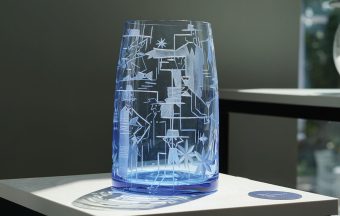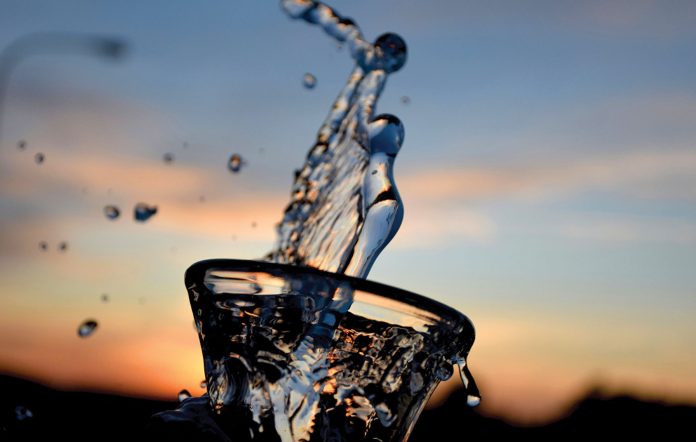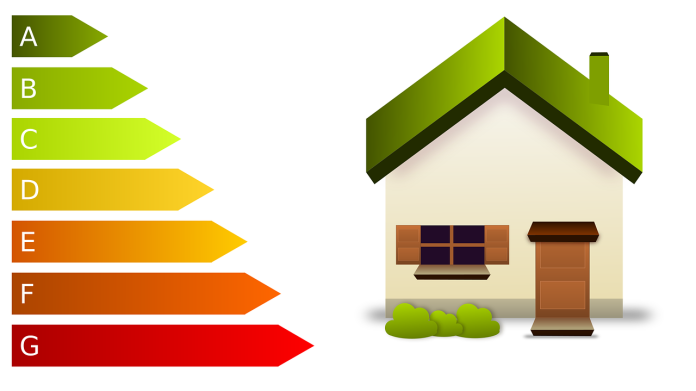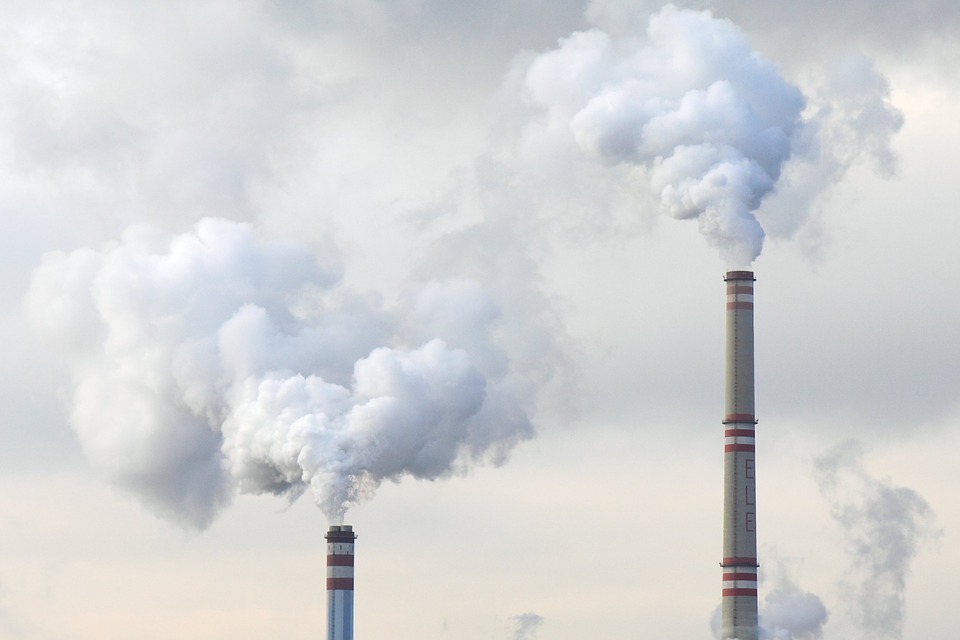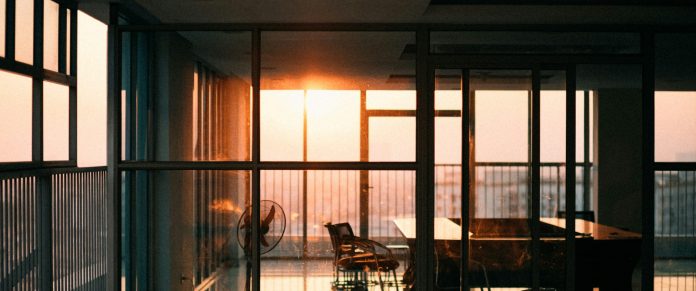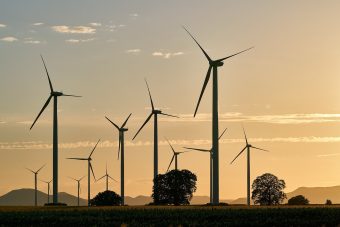Cities in Serbia and Bosnia and Herzegovina ranked among the most polluted in Europe in terms of PM2.5 air pollution in 2024, according to data from IQAir, an internationally recognized air quality monitoring platform.
PM2.5 refers to fine particulate matter with a diameter of less than 2.5 micrometers. Their danger lies precisely in their small size, as they can penetrate deep into the lungs and bloodstream, increasing the risk of respiratory and cardiovascular diseases.
All ten cities on the list of Europe’s most polluted cities by PM2.5 are located in the Balkans. Bosnia and Herzegovina accounts for four cities, Serbia for three, Montenegro for two, and North Macedonia for one.
The most polluted city in the region was Novi Pazar, Serbia, followed by:
Bijelo Polje, Montenegro
Pljevlja, Montenegro
Valjevo, Serbia
Sarajevo, Bosnia and Herzegovina
Gračanica, Bosnia and Herzegovina
Banja Luka, Bosnia and Herzegovina
Vogošća, Bosnia and Herzegovina
Tetovo, North Macedonia
Kosjerić, Serbia
An overview of the ranking from 10th to 50th place shows that an additional eight cities from Bosnia and Herzegovina and as many as 17 from Serbia appear on the list. In other words, more than half of the next 40 most polluted cities in Europe come from Serbia and Bosnia and Herzegovina.
The highest levels of pollution were recorded during the winter months (November–February), while pollution levels were lowest in May among these ten cities. These seasonal winter peaks indicate that heat generation remains a major source of PM2.5 pollution, particularly individual heating systems using solid fuels. This highlights the urgent need to transition to cleaner heating sources and improve energy efficiency.
Energetski portal



